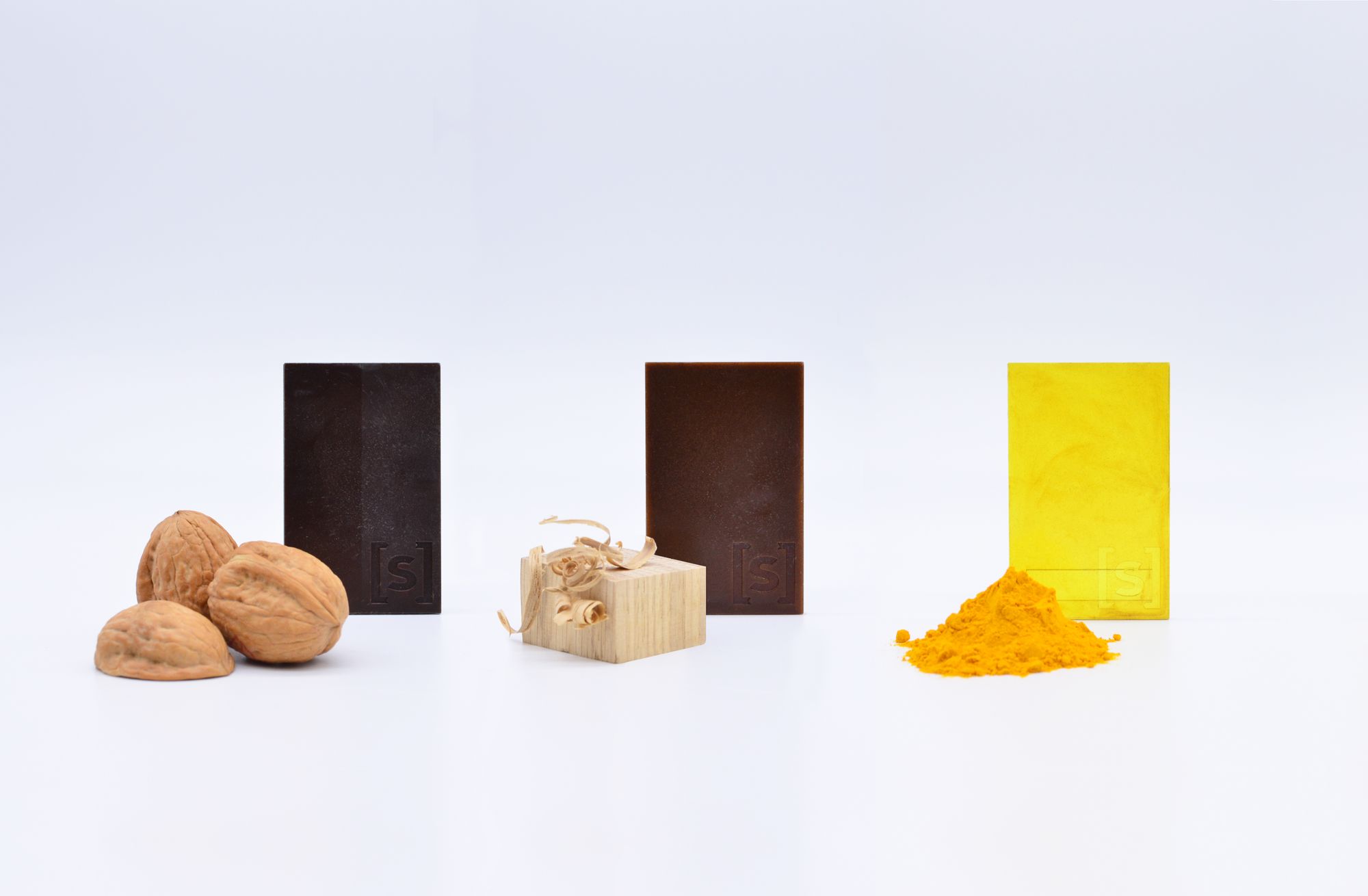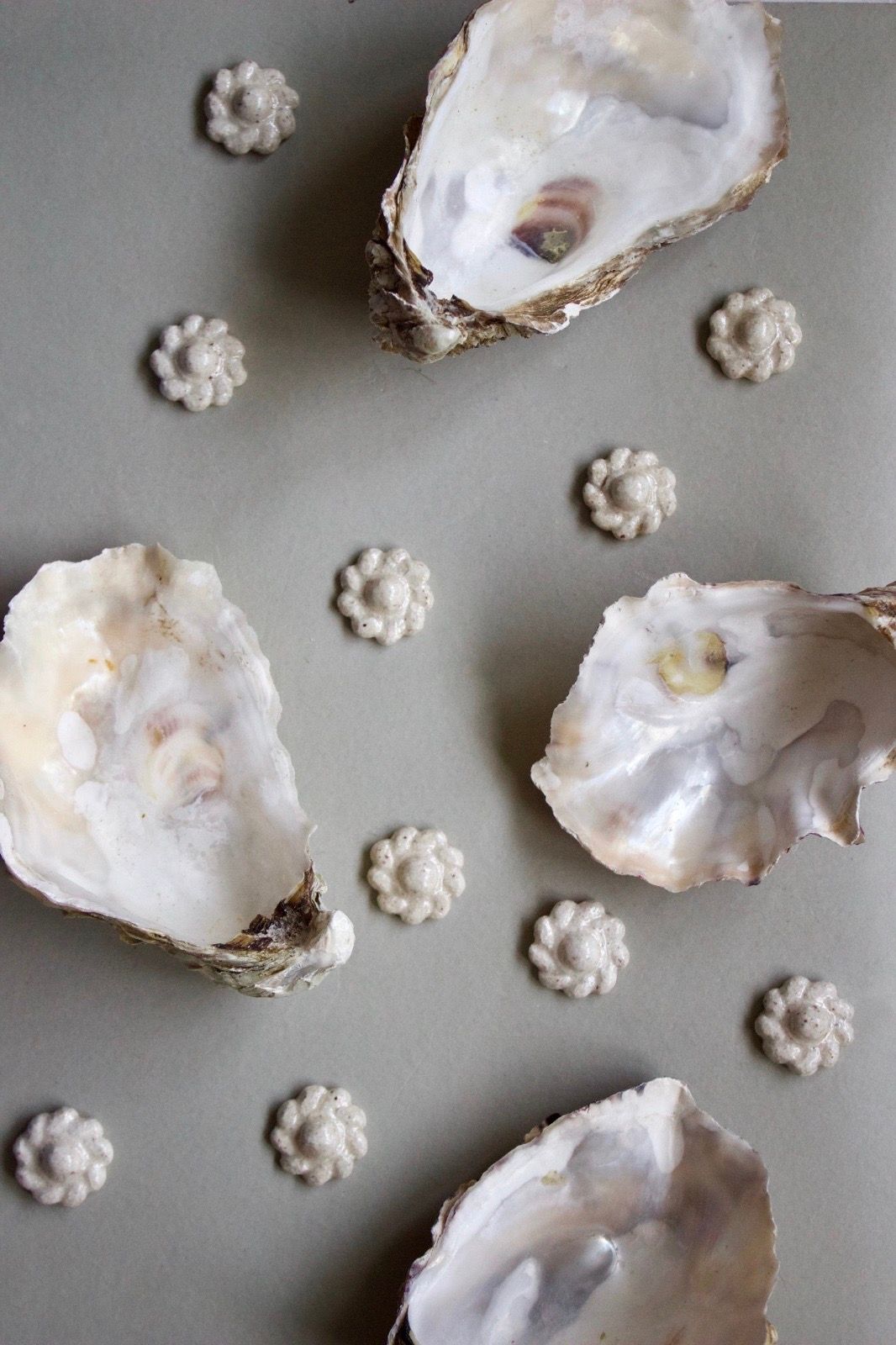Biodegradability should come with an asterisk*
*Many alternatives to plastic aren't quite there but we should welcome the progress | By Renuka Ramanujam

Pineapple fronds, coconut water bacterial cultures, potato peel, cactus.
These are just a few sources of the bio-based materials that are looking to replace synthetic ones. London based Chip[s] Board is in the process of developing Parblex, a thermoplastic material derived from potato waste that is fully recyclable and biodegradable. From eyewear (glasses frames) to housing for electronic gadgets, they look to fill in for regular plastic in trend-based markets where the life cycle of a product is usually only a couple of years.
Although there are a plethora of such eco-friendly plastic innovations on the market, there are some important nuances to understand around bio-based materials.
You can't compost it at home
Biodegradability, as Rob Nicoll from Chip[s] Board mentions, should come with an asterisk. The idealistic scenario often presented, is that biodegradable equates to home compostable. Rob is quick to note that this is not the case, for many of the more durable alternatives including Parblex.
"It's not home compostable, but we're confident that it will work with industrial composting, and that it won't affect the soil negatively when broken down. Those PLA (poly-lactic acid) coffee cups you see a lot nowadays are the same though, they won't break down after being buried in a garden in a week—that's a misconception a lot of people have."

Industrial composting involves a stricter process of regulated temperature, oxygen and measured inputs of water, carbon and nitrogen minerals that ensure consistent and rapid degradation. In contrast, home composting works mainly with vegetable ends and tea bags in a more stationary manner over a couple of months. The unfortunate fact is a lot of companies do not specify clearly what 'compostable' or 'biodegradable' means.
Transparency is also lacking in information surrounding the make-up of new materials.
"There's been a little bit of greenwashing on this front," says Rob. "That may come in the form of mixing 50% traditional plastic with the bio-based material, which means that R&D is a lot quicker, given the fact that they are using materials that are standard in the industry already. This is why Parblex is yet to be commercially available on the market—for every one consideration a traditional plastics producer has, we have ten—each step requires a lot more mitigation."
The exact percentages behind these mixtures of non-wholly biodegradable materials are often hidden behind a slew of impressive marketing, which makes it harder for consumers to make conscious choices.
From trash to treasure
Designer Margherita Grassi produces RePearls in a rather poetic manner, 'turning trash into treasure'. Using discarded oyster shells from seafood restaurants, she creates handcrafted bio-based embellishments for the fashion industry—a space that is fraught with plastic sequins and a throwaway culture.
Nonetheless, Margherita admits that she is still working on finding suitable sustainable coatings that allow for the durability she desires. Conversations that are being had in the sustainable fashion community suggest that honesty is indeed the best policy—many feel it would be okay for a company to admit that they're not 100% there yet, but still on the right track, as opposed to covering it up entirely.
With the climate crisis imminent, it seems there is a race to find the one fix-all material that can replace plastic. But organic waste could also be in danger of creating 'waste monocultures' and adversely affecting local biodiversity.

Margherita is all too aware of the risk. "The oyster shells serve an important role to the ecosystem, so I am using them in the context of waste, but I would work within the means of that waste. I use the entirety of the shell, and it takes very little to make a lot of embellishments. Currently, I'm exploring other varieties of seafood waste shells to widen the waste stream."
As for creating a material that can stand up to plastic, she believes that the key to avoiding disastrous side-effects of global exportation is to turn to more locally reliant hubs. "There's less of a chance of this exploitation if you can repeat the model as its own autonomous operation in each location. There's also more than one stream of waste—not just restaurants, but supermarkets and fishmongers as well."
Avoiding monocultures of waste
Chip[s] Board have also been able to embrace diversification. Rob notes "There is a LOT of potato waste, but in our method we're able to adapt it to others. It does have to be specific types of waste, but if we were to set up in a country where potato production wasn't dominant, there would be other options to plug into."
Ultimately, the potential barrier for bio-based materials comes as a result of the distance between the public and the process. To overcome the miasma of greenwashing, both consumers and legislation need to focus on supporting localised bio-based processes. This means demanding more transparency from those touting innovations.
Armed with the right information, the public is then able to hold these companies accountable and truly participate in circular economic systems. Then, bio-based materials can truly embed themselves in our communities and make a meaningful dent in the climate crisis.
Article written by Renuka Ramanujam (website)
Photo by Masha Kotliarenko on Unsplash
Please consider supporting our journalism: https://www.paypal.com/donate?hosted_button_id=FFQ2VNZ6Z6BYG

